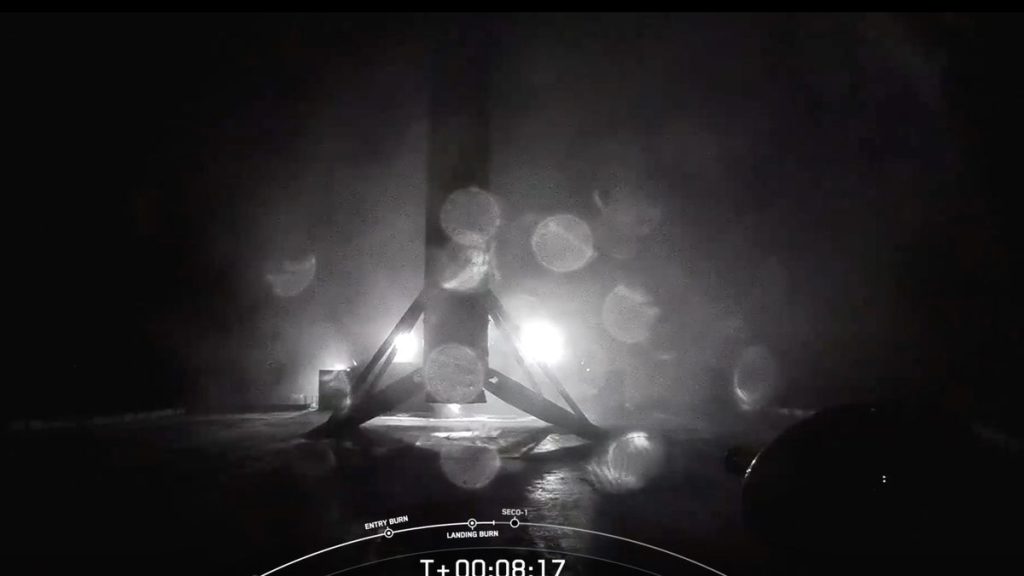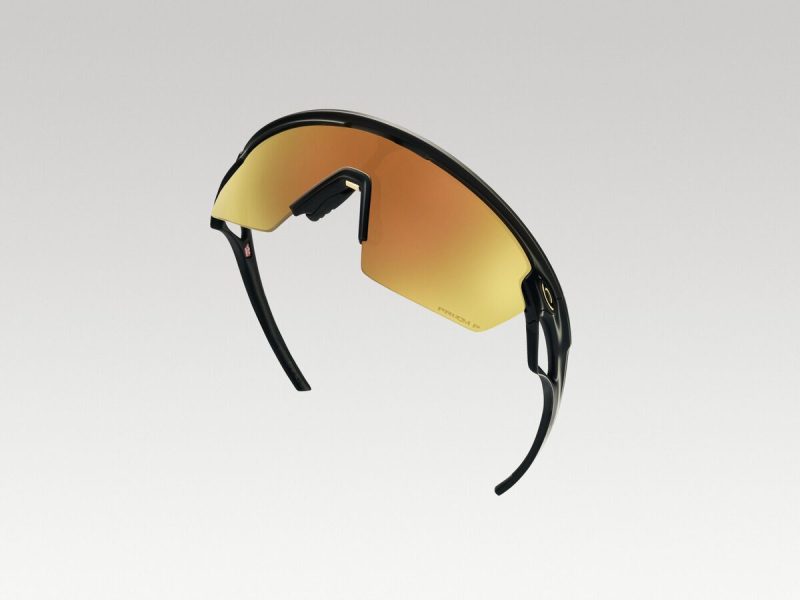SpaceX launches 21 Starlink satellites to orbit on 1st flight since Starship explosion (video) – Space.com

Liftoff occurred at 12:24 a.m. ET on Tuesday (Jan. 21).
When you purchase through links on our site, we may earn an affiliate commission. Here’s how it works.
SpaceX launched another batch of its Starlink internet satellites early this morning (Jan. 21), five days after a test flight of the company’s Starship megarocket ended in an explosion.A Falcon 9 rocket carrying 21 Starlink satellites lifted off from NASA’s Kennedy Space Center in Florida on Tuesday at 12:24 a.m. EST (0524 GMT).The Falcon 9’s first stage returned to Earth about eight minutes after liftoff as planned, touching down in the Atlantic Ocean on the SpaceX drone ship “A Shortfall of Gravitas.”It was the eighth launch and landing for this particular booster, according to a SpaceX mission description. Four of those flights have been Starlink missions.The Falcon 9’s upper stage, meanwhile, will carry the 21 Starlink satellites to low Earth orbit, deploying them there about 65 minutes after liftoff.Related: Starlink satellite train: how to see and track it in the night sky— SpaceX: Facts about Elon Musk’s private spaceflight company— Starlink satellites: Facts, tracking and impact on astronomy— SpaceX Falcon 9 rocket launches on record-breaking 24th flight (video)This morning’s liftoff was the ninth Falcon 9 mission of 2025 and SpaceX’s 10th launch of the year overall. The other mission was the seventh-ever test flight of SpaceX’s Starship megarocket, which took place on Thursday (Jan. 16) from South Texas.Breaking space news, the latest updates on rocket launches, skywatching events and more!That flight was a mixed bag for the company. Starship’s giant first-stage Super Heavy booster came back to its launch site for a dramatic catch by the tower’s “chopstick” arms, but the vehicle’s upper stage exploded just 8.5 minutes after liftoff, apparently after suffering a propellant leak.Join our Space Forums to keep talking space on the latest missions, night sky and more! And if you have a news tip, correction or comment, let us know at: community@space.com.Michael Wall is a Senior Space Writer with Space.com and joined the team in 2010. He primarily covers exoplanets, spaceflight and military space, but has been known to dabble in the space art beat. His book about the search for alien life, “Out There,” was published on Nov. 13, 2018. Before becoming a science writer, Michael worked as a herpetologist and wildlife biologist. He has a Ph.D. in evolutionary biology from the University of Sydney, Australia, a bachelor’s degree from the University of Arizona, and a graduate certificate in science writing from the University of California, Santa Cruz. To find out what his latest project is, you can follow Michael on Twitter.’We will pursue our manifest destiny into the stars.’ President Trump wants astronauts to raise the American flag on MarsSpaceX launching 27 Starlink satellites from California on Jan. 21First look at space shuttle, Mission Control 2025 dollar coins from US MintSpace is part of Future US Inc, an international media group and leading digital publisher. Visit our corporate site.©
Future US, Inc. Full 7th Floor, 130 West 42nd Street,
New York,
NY 10036.






